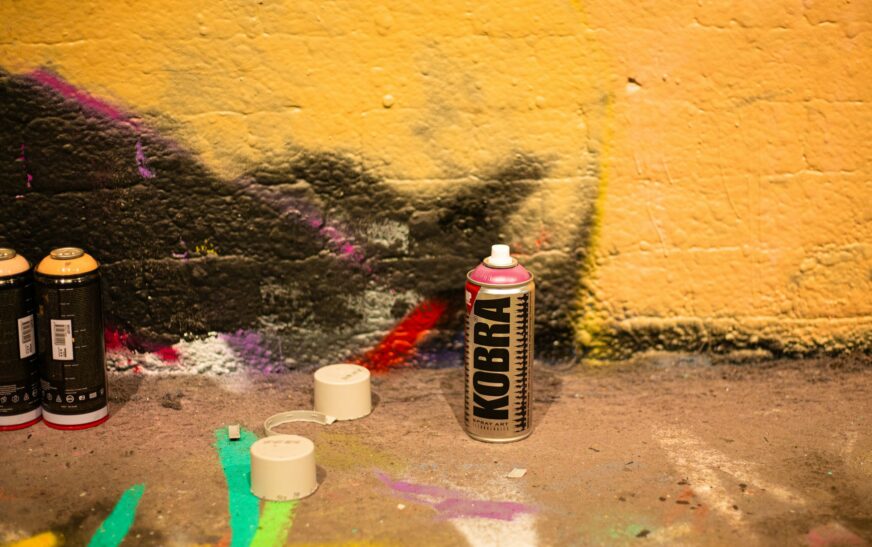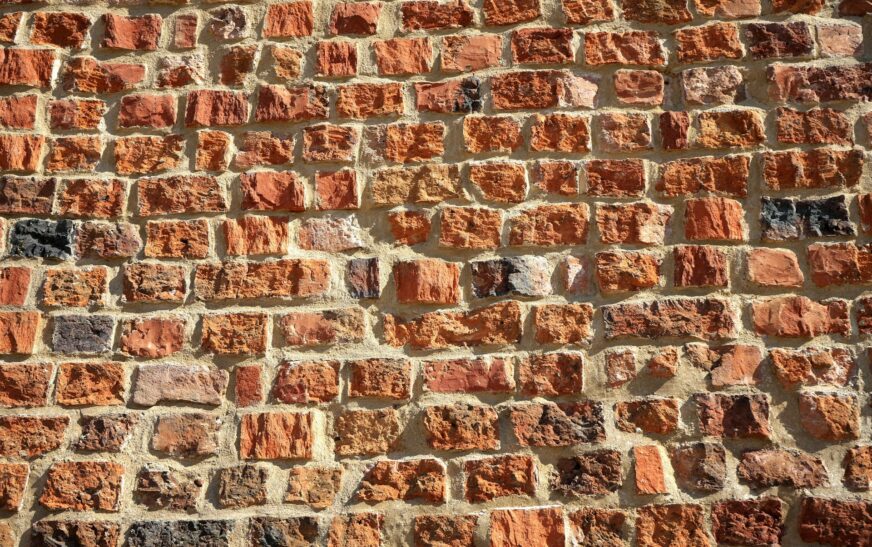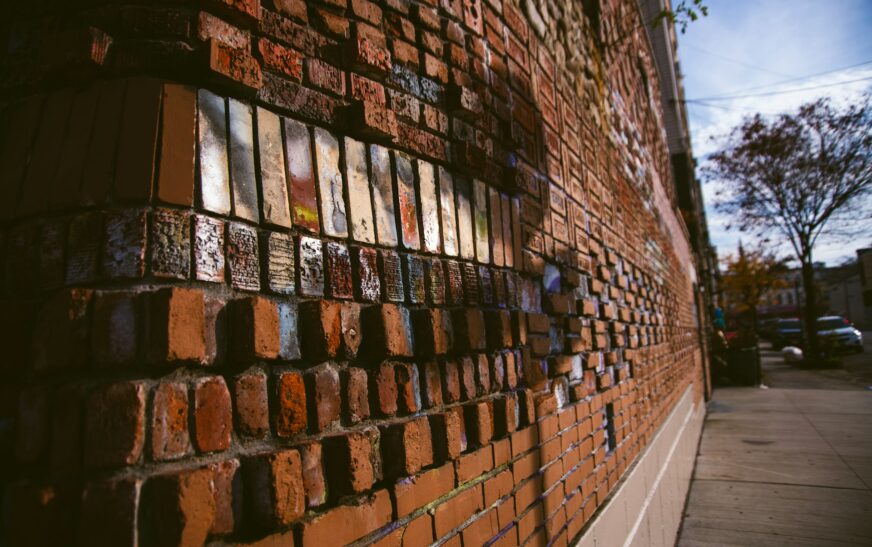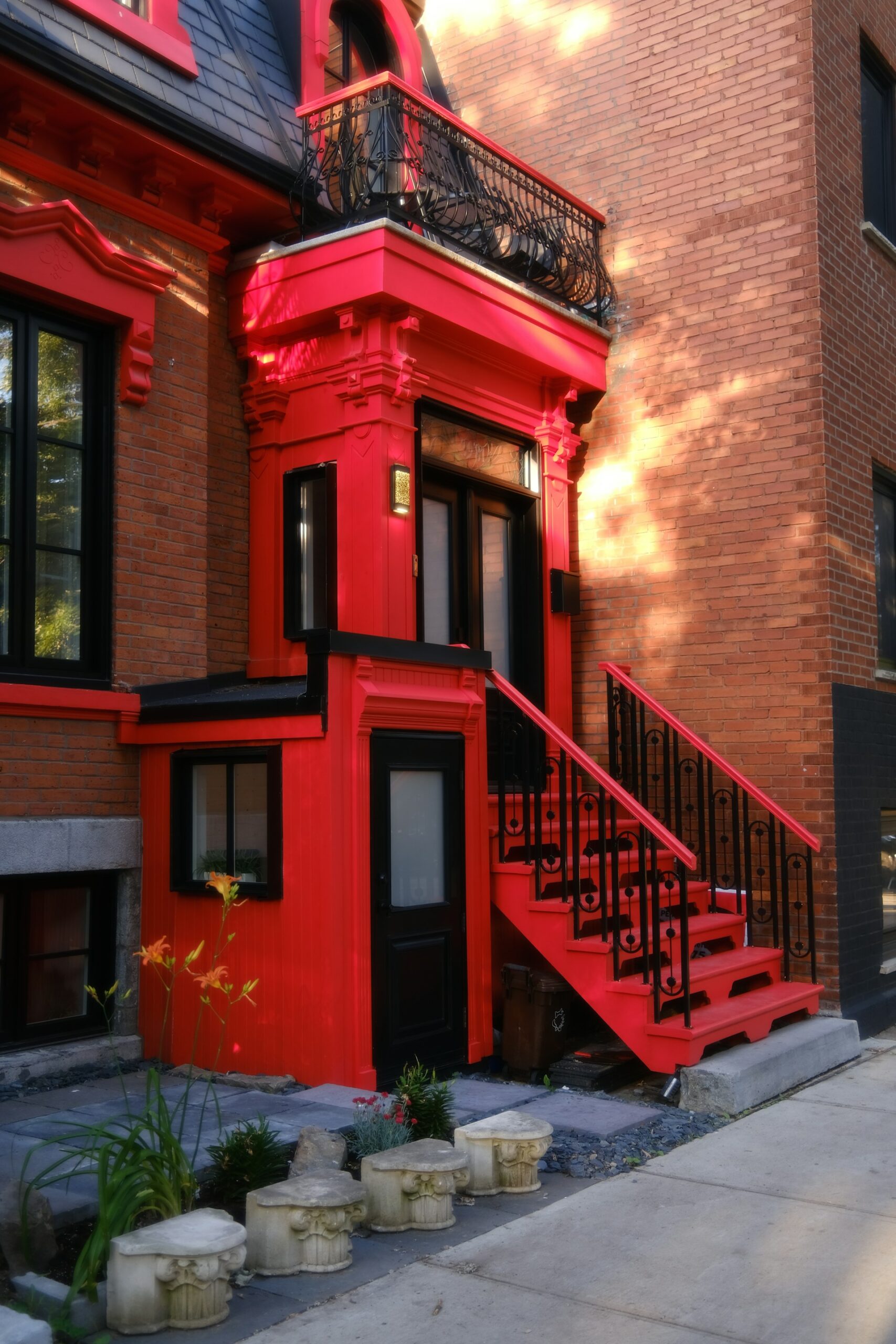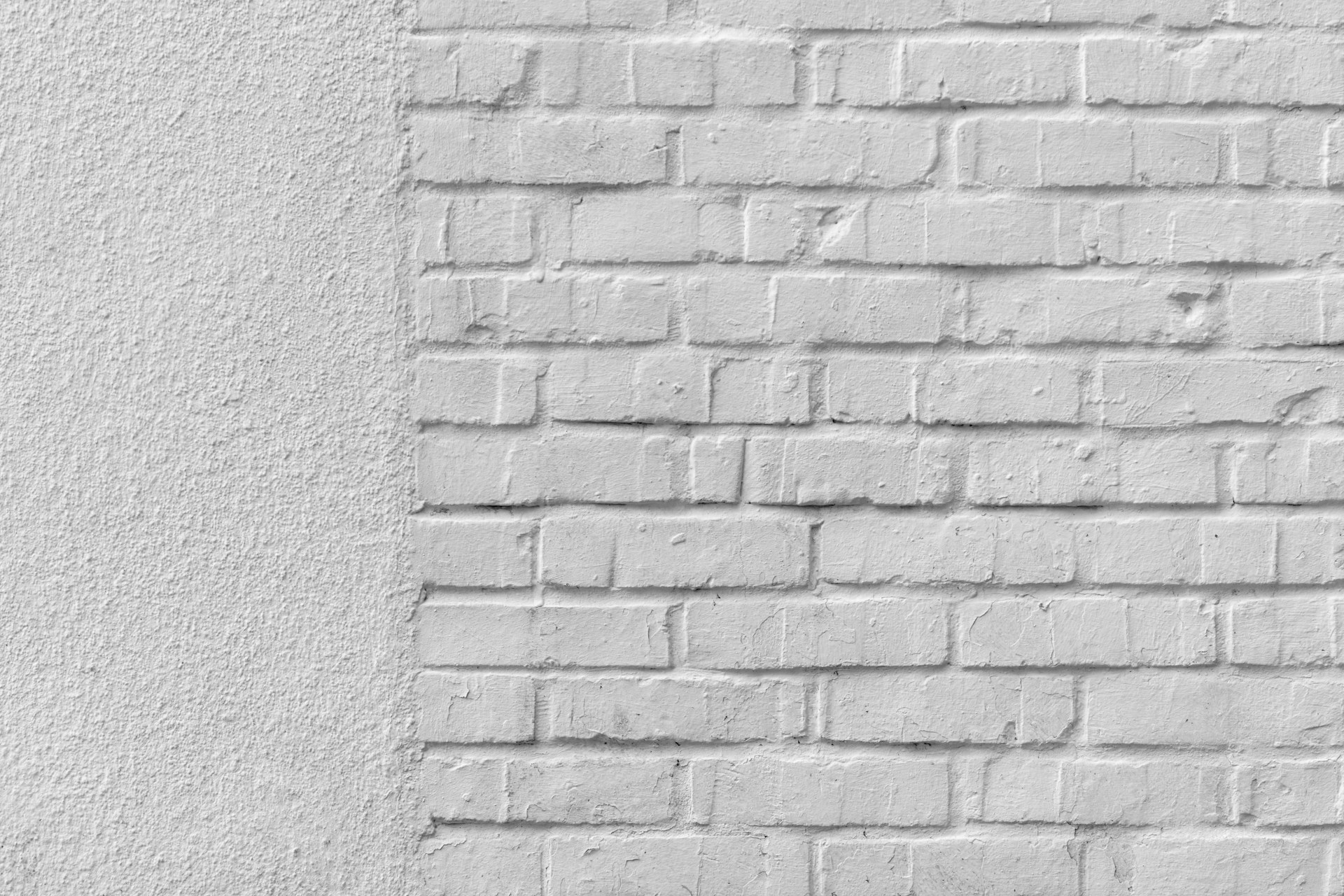If you’ve ever stared at a tired brick wall or a faded fireplace and thought, “A fresh coat of paint would fix that,” you’re not alone. The big questions are: Can you spray paint brick? and more importantly, should you?
The answer isn’t a simple yes or no. It’s a thoughtful: Yes—but only if you do it right.
Spray painting brick can be a fast, transformative solution—but brick is a bit temperamental. Porous, uneven, and sometimes stubborn, it won’t forgive shortcuts. Skip prep or the right technique, and what starts as a quick DIY can quickly turn into a patchy, peeling nightmare.
Why Spray Painting Brick Can Be a Smart Move
Spray painting offers speed and finesse that rollers and brushes just can’t match. It’s especially handy for textured or hard-to-reach brick surfaces.
1. Speed and Efficiency
Sprayers cover large areas in a fraction of the time a roller or brush would take. Perfect for walls, facades, or fireplaces that would otherwise feel like a paint marathon.
2. Uniform Coverage
The fine mist gets into nooks, crannies, and mortar joints better than manual tools. Result? A smooth, seamless finish—if you know what you’re doing.
3. Aesthetic Impact
Bold black, crisp white, earthy taupe…spray painting makes your brick look modern, polished, and professionally finished—without the elbow strain.
But Here’s the Flip Side
Spray painting brick isn’t foolproof. Rush it, and you’ll deal with:
1. Poor Adhesion Without Prep
Brick is thirsty—dirty, dusty, or damp brick will repel paint, leaving you with flaking, chipping, or bubbling. Not exactly the “fresh look” you’re going for.
2. Moisture Traps
The wrong paint can trap water inside the brick, leading to structural issues or those unsightly chalky white stains (efflorescence).
3. Overspray and Cleanup
Sprayers are powerful but messy. Nearby windows, plants, or siding can accidentally get a new coat of “artistic expression” if you’re not careful with masking and control.
Best Practices for Spray Painting Brick
If you’re ready to tackle it, here’s the right approach:
- Clean the Brick Thoroughly – Pressure wash for exteriors, or scrub with a stiff brush and degreaser for interiors. Let it dry completely—1 to 2 days depending on weather.
- Choose the Right Paint – Masonry-specific or breathable latex paints let moisture escape and keep brick healthy. Avoid oil-based paints—they suffocate.
- Use a Primer If Needed – Old or highly porous brick benefits from masonry primer for better adhesion and longer-lasting results.
- Apply in Light, Even Coats – Test a small area first. Use smooth, overlapping passes. Two or more light coats beat one heavy coat every time.
- Consider a Sealer (Optional) – For high-traffic areas or harsh climates, a breathable masonry sealer can boost durability without messing with your finish.
Indoor vs. Outdoor Considerations
- Interior Brick: Easier to control, less exposure, usually no sealer needed. Great for fireplaces and accent walls.
- Exterior Brick: Requires robust paints, moisture management, and UV protection. Proper masking and ventilation are essential.
Read More : Can You Paint Brick Pavers? What You Should Know Before Picking Up a Brush
Alternatives to Full Spray Painting
If full coverage seems intimidating, consider:
- Brick staining: Penetrates for a natural finish.
- Whitewashing or limewashing: Soft, breathable look that weathers beautifully.
- Clear sealing: Protects brick while keeping the original color intact.
Sometimes, subtlety lasts longer—and looks just as good.
Spray painting brick can deliver amazing results—but only if you prep, choose the right products, and work with the brick, not against it. Done right, your wall or fireplace could go from drab to dazzling.

